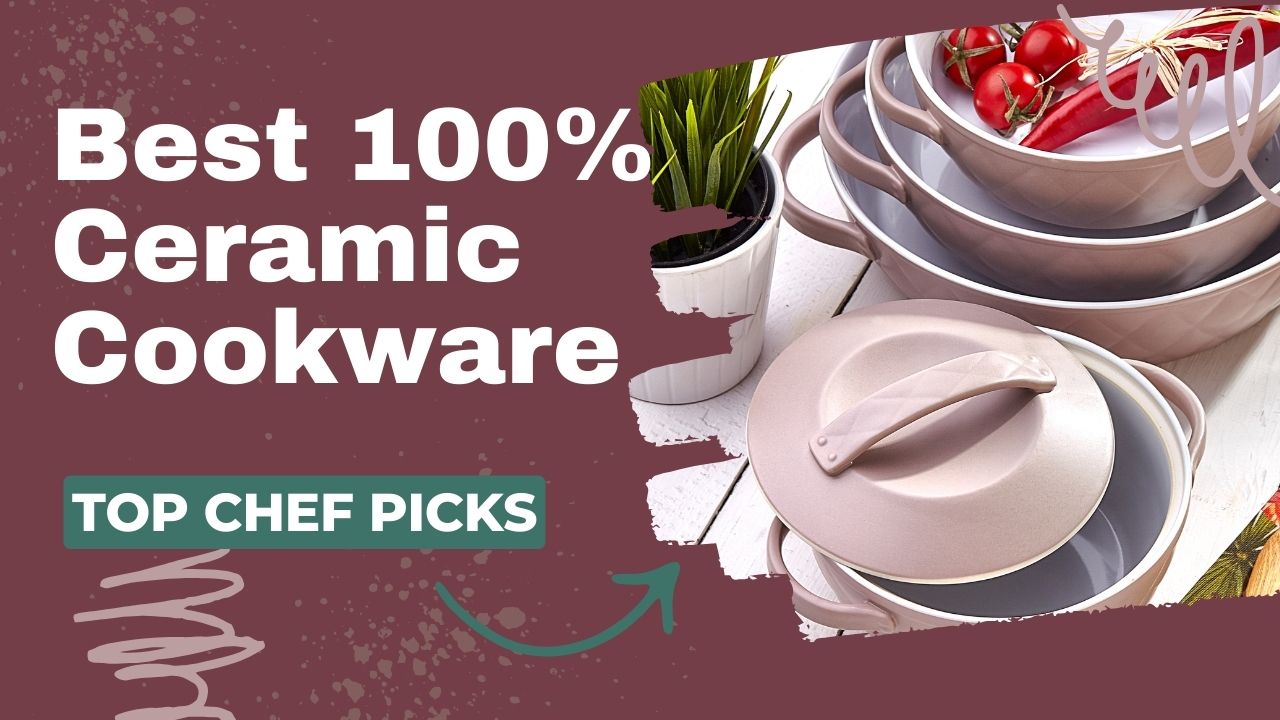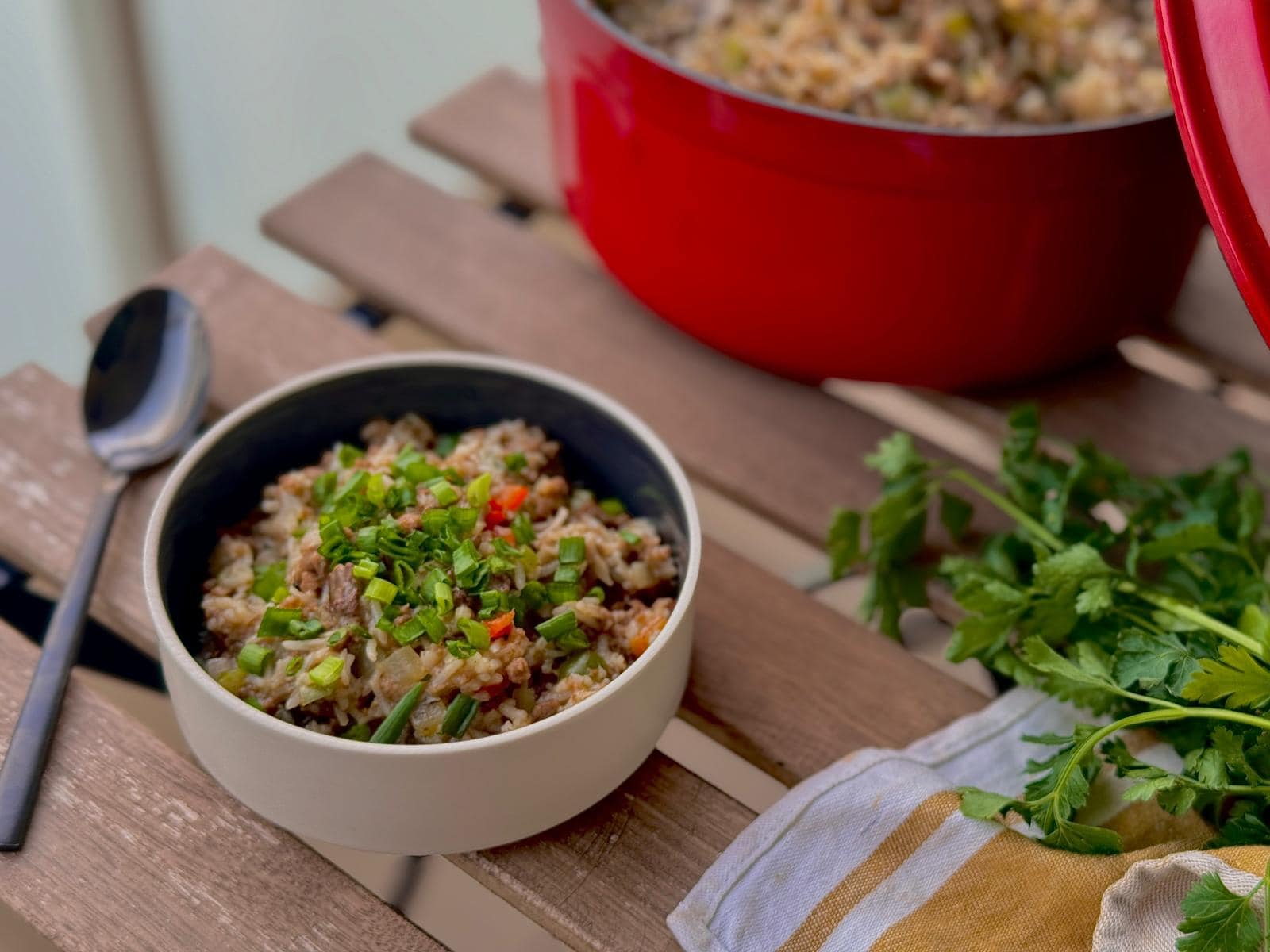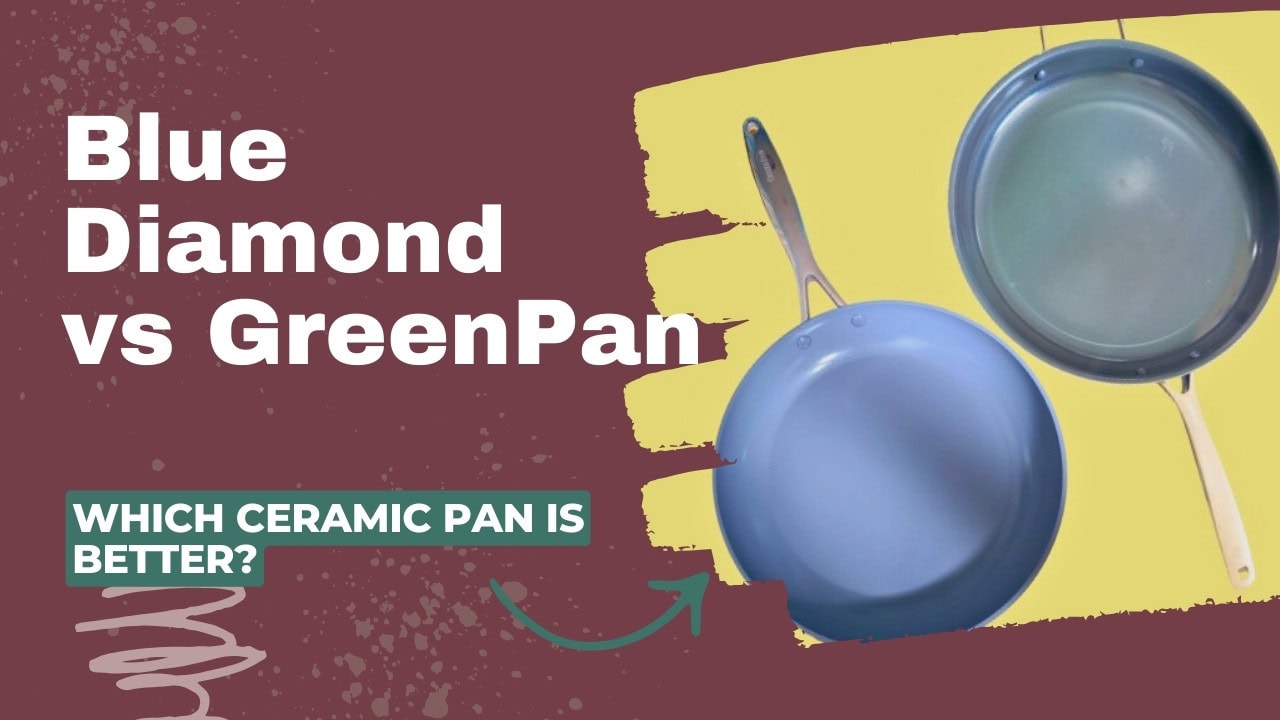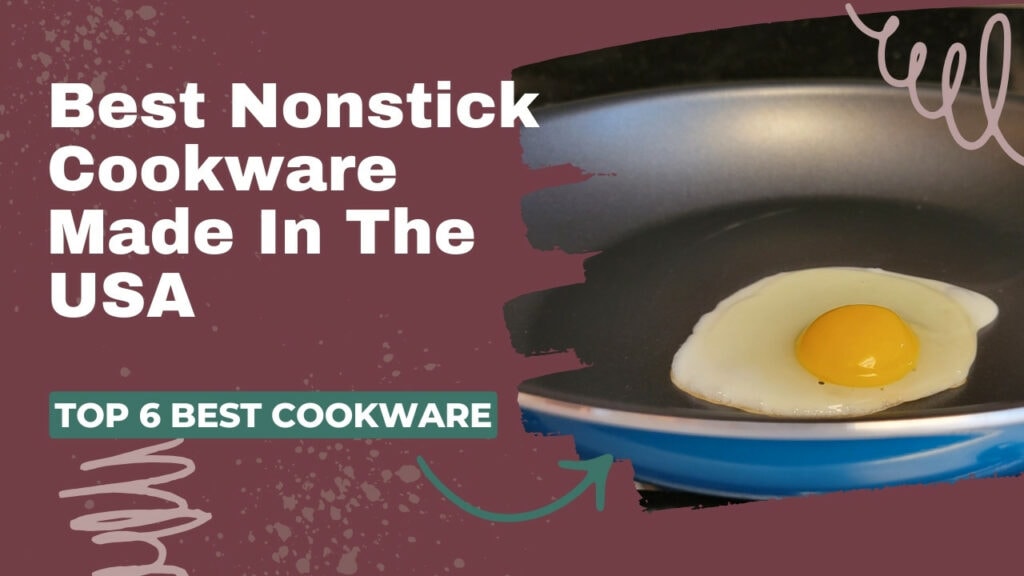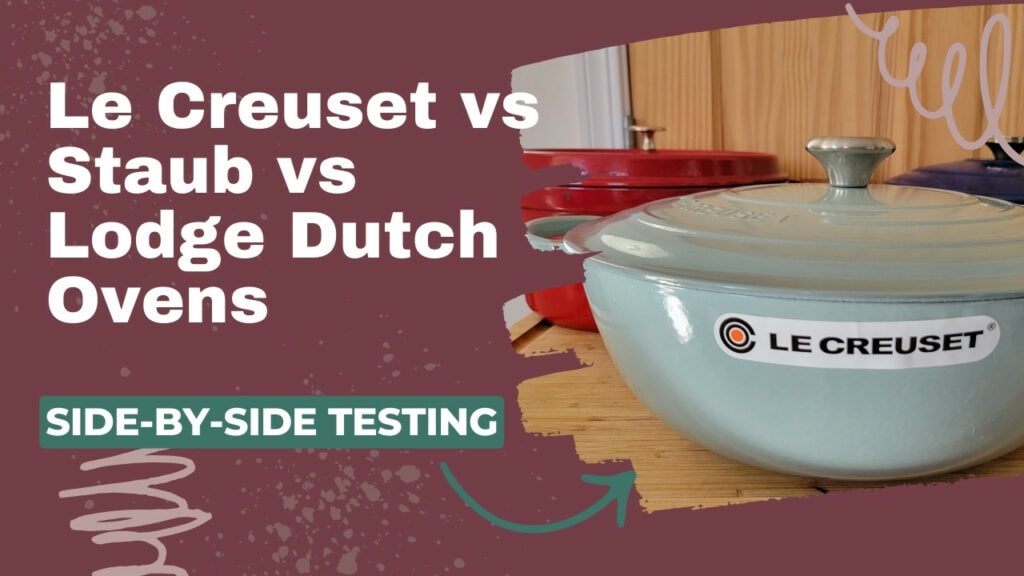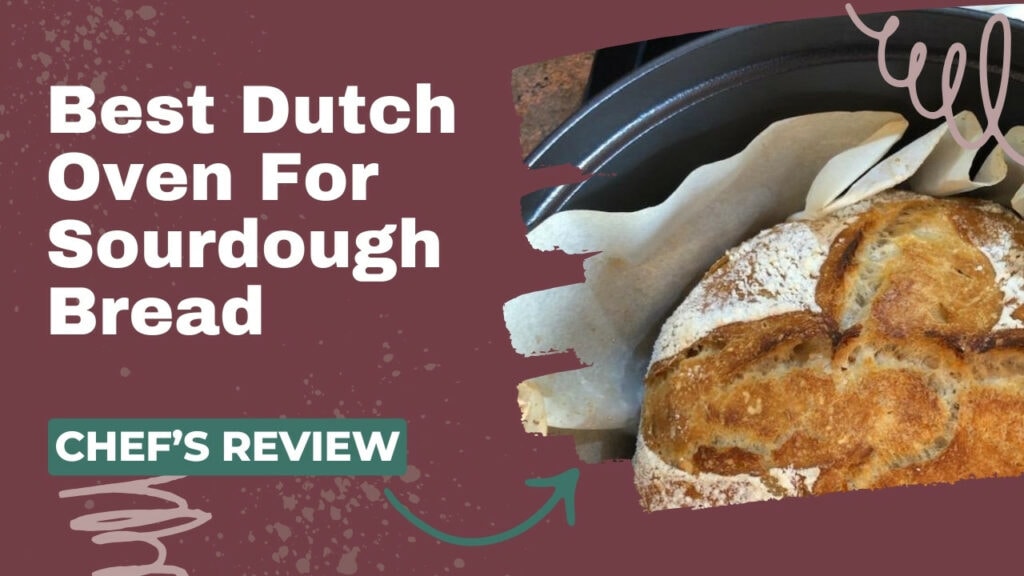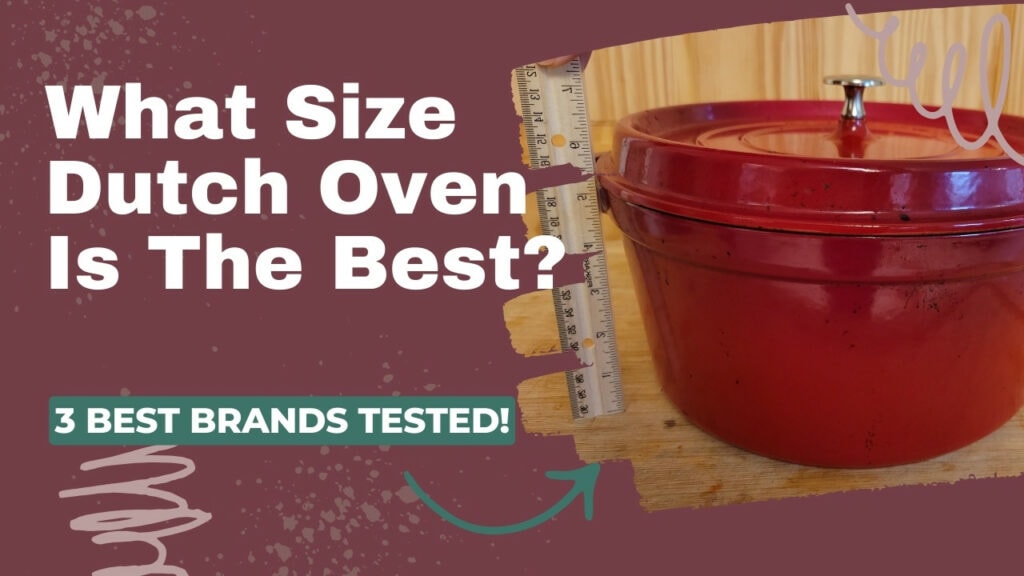Looking for cookware that is nontoxic and versatile with great heat retention? Look no further than 100% ceramic! This material has been around for millennia, and although it’s undergone some changes, it looks like it’s here to stay. (Will future archaeologists be dating us by digging up our Le Creuset?!)
In this article, I am going to explain exactly what 100% ceramic cookware or stoneware is and recommend six of the best products created from this wonderful material.
Top Picks
- Best Pure Ceramic Cookware Set: Xtrema Signature Series Set
⬇ Jump to review - Best 100% Ceramic Pan: Xtrema 11-inch Signature Skillet
⬇ Jump to review - Best 100% Ceramic Dutch Oven: Emile Henry Delight Ceramic Dutch Oven
⬇ Jump to review - Best 100% Ceramic Bakeware: Martha Stewart Stoneware Bakeware
⬇ Jump to review - Best Pure Ceramic Individual Dishes: Le Creuset Petite Round Stoneware Cocotte
⬇ Jump to review - Best Pure Ceramic Baking Dish Set: Staub 3-pc Baking Set
⬇ Jump to review
What is 100% Ceramic Cookware?
100% ceramic cookware is simply made from pure fired clay, without a metal core. You may also hear people refer to it as stoneware. The main difference between pure ceramic and stoneware is that stoneware is made from nonporous clay. Ceramic is a broader term that covers stoneware and other porous clay items like earthenware and porcelain.
I will be discussing both in this article.
Pure Ceramic vs Ceramic Nonstick
Pure ceramic is often confused with ceramic-coated nonstick cookware. Ceramic nonstick pans are made from stainless steel or aluminum and coated in a silica-based sol-gel coating, which resembles a ceramic finish. Porcelain-enameled cast iron has a similar name and finish, but this cookware has a metal base rather than pure ceramic.
Most pure ceramic cookware is designed for slow cooking and baking in the oven – think casserole dishes and Dutch ovens.
Health Concerns
The time-honored method of firing ceramics initially used lead in the firing process to melt the glass particles and create a shiny glazed finish. Luckily, modern firing techniques have primarily done away with using lead in this setting. But, some forms of clay contain lead as a naturally occurring element from where it is sourced.
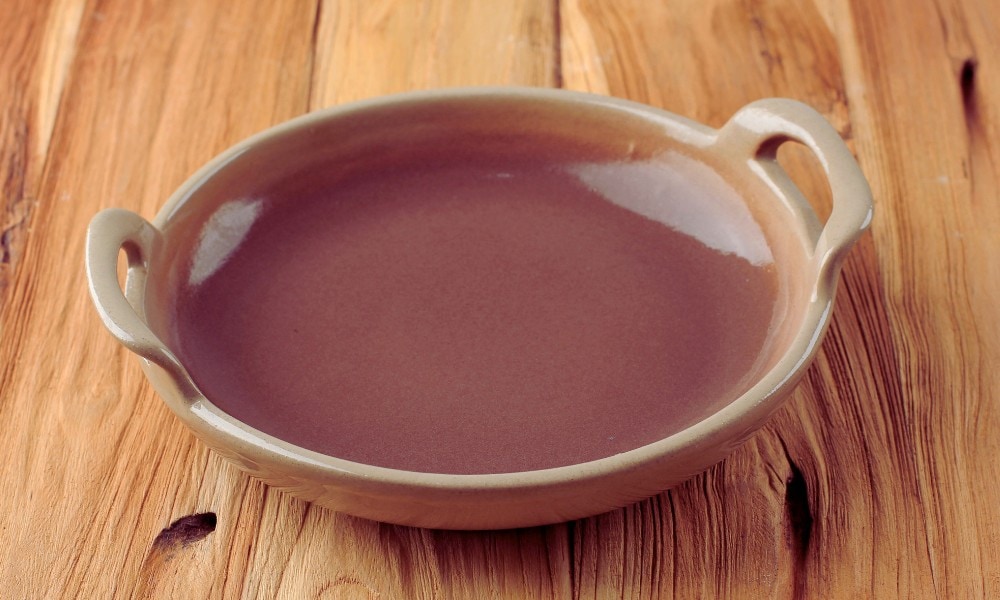
Any ceramic cookware sold in the US has to be tested under California Prop 65 guidelines and determined to be lead-safe. It is crucial to buy ceramic cookware from a company that uses reliable third-party testing – as cheap, knock-off brands have a higher likelihood of containing lead.
What is the Best 100% Ceramic Cookware?
Xtrema is the leading brand in 100% ceramic cookware, with an extensive range of pots and pans all constructed from clay with a signature black finish. This brand undergoes rigorous third-party testing and publishes all its test results on its website.
According to California Prop 65, their products have been deemed safe. This focus on addressing health concerns and controlling the quality of their products has made this brand a reputable source for ceramic cookware.
Xtrema Signature Series Set – Best 100% Ceramic Cookware Set
Just as I discussed above,
These pots and pans can be used on the stovetop, in the oven, microwave, and freezer, and even over an open flame! You can use it to sear, boil, saute, simmer, and slow cook.
When I invest in a cookware set, I want it to be versatile and long-lasting, and that is what this delivers – as long as you don't drop it and avoid thermal shock.
Quick Overview:
Pros
Cons
While the set is versatile regarding cooking methods, I feel it lacks variety when it comes to pot selection. Instead of having three sizes of saucepans, I would prefer a saute pan and stockpot to be included.
I compared this set with the
Xtrema 11-inch Signature Skillet - Best 100% Ceramic Skillet
#2 Best Choice
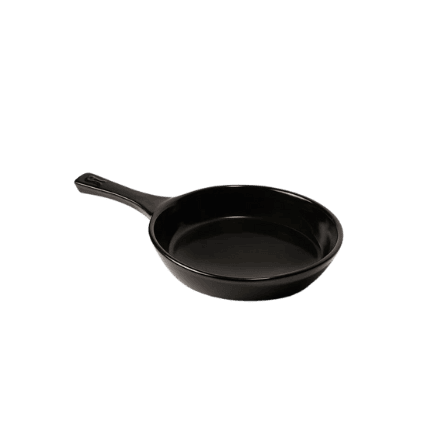
This
This pan has excellent, even heat retention that makes it perfect for searing up a good steak.
I prefer this option in comparison to the Versa version from
Quick Overview:
Pros
Cons
The one downside to this frying pan is how careful you must be when using it. Ceramics can crack and break when they change temperatures too suddenly. To avoid this, only use this skillet on medium-low heat and always place it on a fabric pot holder to cool.
Emile Henry Delight Ceramic Dutch Oven- Best 100% Ceramic Dutch Oven
I have to admit, I was initially drawn to this Emile Henry Delight Dutch Oven because of its sweet shape, but this pot is much more than that.
Unlike many competitors, this Dutch oven can be used on the stovetop on low heat, so you can start your dish on the stove and finish it in the oven.
I love convenient one-pot meals, and that’s what this delivers. You can even use it to serve from at the table.
Quick Overview:
Pros
Cons
I really like the dimpled lid because it collects steam and returns the moisture back to the dish. But I admit that I find the handles to be too small for carrying such a heavy piece, especially when it is hot.
Martha Stewart Stoneware Bakeware- Best 100% Ceramic Bakeware
This Martha Stewart Stoneware Baking and Casserole Set is a great all-purpose set that I recommend to bakers and cooks who love to make casseroles. The large pan is perfect for a family-sized one-pan meal, and the smallest one is ideal for baking bread.
I really like the look of this set. You can serve your guests their meal right in the decorative pan you cooked it in. This also saves on dishes, which I will never complain about!
These pans are also scratch-resistant, so they will retain their blemish-free appearance even when you stack them up to put them away.
Quick Overview:
Pros
Cons
Le Creuset Petite Round Stoneware Cocotte- Best 100% Ceramic Individual Dishes
These Le Creuset Petite Stoneware Cocottes are the perfect stoneware dishes for individual servings.
You can use them simply as dishes for snacks or dips when entertaining or to bake desserts or individual pies.
My favorite thing to use these for is making creme brulees because they can go from the oven to the fridge and the table seamlessly as long as you let them cool on the counter first to avoid thermal shock.
Quick Overview:
Pros
Cons
While I love the look of these, I only recommend investing in them if you will use them to bake and serve. If you only want to use them to serve items, you can find great quality ceramic options for much cheaper.
Staub 3-pc Baking Set- Best 100% Ceramic Baking Dish Set
This Staub 3-pc Pure Ceramic Bakeware Set is a home cook's dream, especially if you love baking!
The size and shape options are super versatile, so you can make pies, tarts, casseroles, and one-pan bakes with just this set. My favorite is to use the rectangular dish to make a big family-sized lasagne.
I really enjoy how durable these are. You can simply pop them in the dishwasher when you’re done, and you can also serve using a metal utensil without scratching the surface. As long as you are careful about placing these on a pot holder when they are hot, they should last you a lifetime.
Quick Overview:
Pros
Cons
What to Look for in 100% Ceramic Cookware?
Before you pull out your wallet and spend a fortune on a piece of pure ceramic cookware, read some of my personal tips on how to find the right product.
Which is Better - 100% Ceramic or Ceramic Coated Cookware?
100% ceramic and ceramic-coated cookware are two completely different products, and they are used for different purposes. Neither is entirely better than the other; it depends on your values and cooking goals.
100% ceramic is pure-fired clay that is glazed to create a watertight, glossy finish. This material is susceptible to thermal shock, so it typically can’t handle the direct heat of a stovetop. (Xtrema fry pans are an exception!)
Instead, stoneware or ceramic dishes are usually used in the oven. This material has excellent heat retention, so it's perfect for slow cooking in a Dutch oven or casserole dish. This material is natural and generally regarded as healthy, as long as it is tested for heavy metals like lead and cadmium.
Ceramic nonstick coating is a layer of ceramic-like material applied to metal cookware. These pans do not contain any actual stoneware ceramic. While there are Dutch ovens and other oven-safe pans available with this finish, it is the most useful for skillets and saucepans where you need food to release easily.
There are some health concerns regarding nanoparticles in ceramic-coated cookware, but it does not contain chemicals like PFOAs or PTFE.
What is the Difference Between Ceramic and Stoneware?
Basically, stoneware is a kind of ceramic made from nonporous clay fired at extra-high temperatures (up to 2,000°F!) It is thicker than porcelain and fine China, which makes it more durable than regular ceramic. Ceramics are thinner and can be made from porous clay.
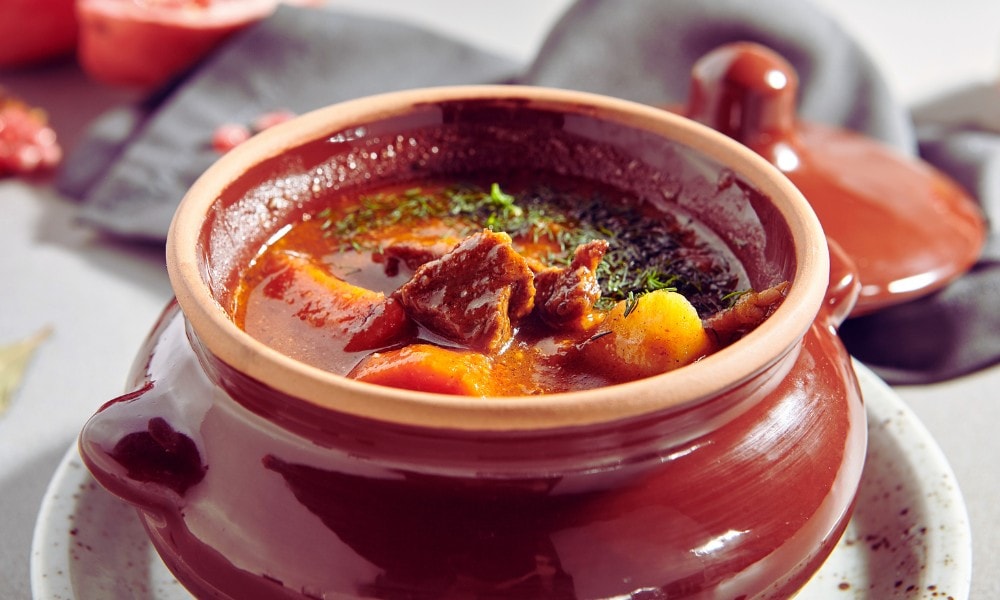
What is the difference between Xtrema and Stoneware Cookware?
Essentially, the difference between stoneware and
Xtrema's pots and pans are slightly thinner and more lightweight than regular stoneware. Their clay is triple-fired and ultra-purified at 2500°F, which creates such a stable product that it can eleven be used on a stovetop. That said, it can only be used on the stove on a medium to low heat.
Is Pure Ceramic Cookware Non-Toxic?
As we explored above, both the glazes and certain types of clay may contain traces of lead. If pure ceramic is labeled as ‘lead-free’ or ‘lead-safe,’ it means it passes California Prop 65 tests.
As recently as August 2023, the FDA released a statement saying that no amount of leachable lead in cookware is acceptable.
The key here is “leachable” lead – meaning lead that will transfer to your food when cooking. Cookware may still contain some lead (such as that could be detected with XRF technology) as long as it doesn’t transfer to the pot’s contents.
Vintage ceramics and some cheaper brands don’t go through third-party testing, so you will need to test them independently to determine their safety.
Frequently Asked Questions
Is 100% Ceramic Cookware Nonstick?
Pure ceramic and stoneware don’t have a nonstick coating, but the surface can become nonstick if you use it correctly. With Xtrema products, all you need to do is add a little oil and preheat the pan well before use and the food should release easily.
Is Pure Ceramic Cookware Worth it?
Pure ceramic cookware is a considerable investment upfront. If you think you will get a lot of use out of it and you are looking for a healthy cookware material, then it will be worth it. But it is worth remembering that pure ceramic is breakable and susceptible to thermal shock, so they are less durable than metal-based cookware.
Is Pure Ceramic Cookware Hard to Care For?
Pure ceramic is mostly dishwasher safe and doesn’t require seasoning. Stoneware, on the other hand, can be seasoned if you choose, and this will make cleaning easier. When washing by hand, avoid citrus cleaners, as this can dull the glaze.
Summary
100% ceramic is a time-honored material that should be part of any enthusiastic home cook’s kitchen. I recommend the Xtrema Signature Series Set and the Xtrema Signature Skillet because they are tested to be non-toxic and are incredibly versatile.

